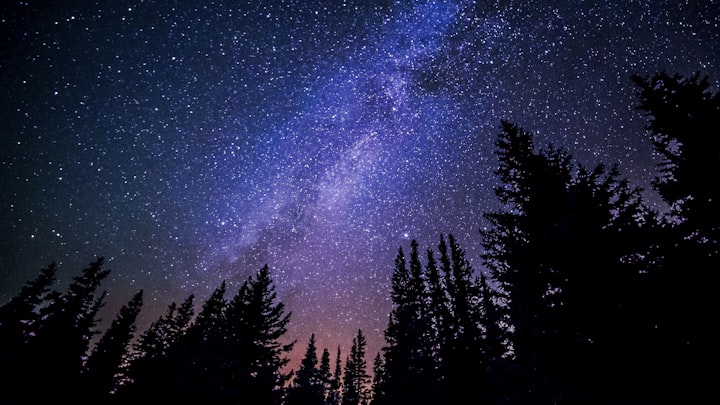
The Moon is a natural satellite of the Earth. It is the fifth-largest satellite in the Solar System and the largest among planetary satellites relative to its host planet. The Moon is approximately 384,400 kilometers away from Earth and has a diameter of 3,476 kilometers. Its surface is rocky and dusty, and it has a heavily cratered surface. The Moon's phases, caused by its orbit around Earth, have been used for timekeeping and have been the inspiration for many myths and legends throughout human history. The Moon's gravitational pull also causes the tides on Earth. It has been explored by human beings and robots and it is also a popular destination for lunar missions.

History
The history of the Moon is a long and varied one, dating back billions of years to its formation. It is thought to have formed around 4.5 billion years ago from debris left over after a Mars-sized object collided with Earth.
The first observations of the Moon were made by ancient civilizations, including the Babylonians, Greeks, and Chinese. They noticed the Moon's phases and used them for timekeeping. Many cultures also developed myths and legends about the Moon.
In the 17th century, Galileo Galilei used a telescope to make detailed observations of the Moon's surface and discovered that it was heavily cratered. In the 20th century, the Soviet Union's Luna program and the United States' Apollo program conducted a series of lunar missions, culminating in the first manned landing on the Moon in 1969 by the Apollo 11 mission.
After the end of the Apollo program, lunar exploration slowed down but recently there is renewed interest in lunar exploration with plans for lunar bases and resource extraction in the near future by private companies and international space agencies.
The Moon continues to be an object of scientific study, with missions such as the Lunar Reconnaissance Orbiter currently in operation and future missions planned to study its geology, composition, and potential for future colonization.

Types of Moon
There are several different types of moons that exist in the solar system, each with their own characteristics and properties. Some examples include:
- Natural satellites: These are moons that orbit a planet or other celestial body. The Moon, for example, is a natural satellite of the Earth.
- Artificial satellites: These are man-made objects that orbit Earth or other celestial bodies. They are used for a variety of purposes, such as communication, navigation, and scientific research.
- Co-orbital moons: These are moons that share the same orbit as another moon or celestial body. For example, Janus and Epimetheus, two moons of Saturn, are co-orbital moons.
- Trojan moons: These are moons that share the same orbit as a planet or other celestial body, but are located at either the "Lagrange points" (or "Trojan points") 60 degrees ahead of or behind the celestial body.
- Binary moons: These are systems of two moons that orbit each other while also orbiting a planet or other celestial body. For example, Pluto has a binary moon system consisting of Charon and Nix.
- Satellite of a satellite: These are moons that orbit a moon, not a planet. For example, Atlas, Prometheus, and Pandora are a moon of Saturn that orbit around the ring of saturn.
It's worth noting that the classification of moons can be complex, and some moons may belong to multiple categories.
Eclipses
An eclipse is an event in which one celestial body, such as a moon or planet, moves into the shadow of another celestial body. There are two main types of eclipses: solar eclipses and lunar eclipses.
A solar eclipse occurs when the Moon passes between the Sun and the Earth, blocking out some or all of the Sun's light. This can happen only during a new moon phase when the Sun, Moon and Earth are aligned in a straight line. When the Moon completely blocks the Sun, it is called a total solar eclipse, while when only a portion of the Sun is blocked, it is called a partial solar eclipse.
A lunar eclipse occurs when the Earth passes between the Sun and the Moon, casting a shadow on the Moon. This can happen only during a full moon phase when the Earth, Sun and Moon are aligned in a straight line. When the Earth completely blocks the Sun's light, it is called a total lunar eclipse, while when only a portion of the Moon is blocked, it is called a partial lunar eclipse.
Both solar and lunar eclipses are relatively rare events and can only happen on specific days, when the alignment of the celestial bodies is just right.
It's worth noting that, from the Earth, we can also see an Annular Solar Eclipse, which is when the Moon is farther from the Earth, and therefore its apparent size is not big enough to cover the Sun completely, creating a ring of fire around the Moon.





Comments
There are no comments for this story
Be the first to respond and start the conversation.